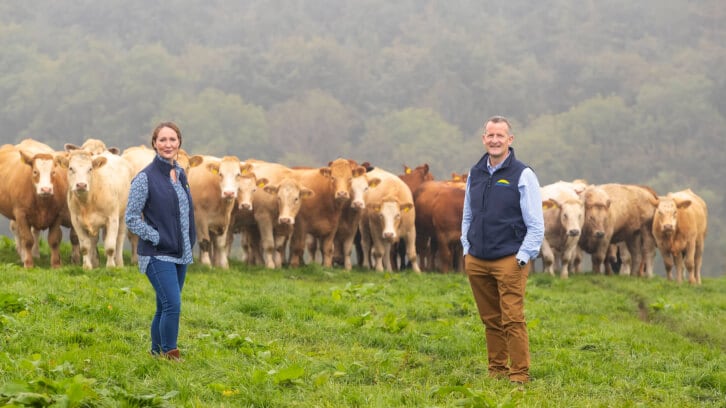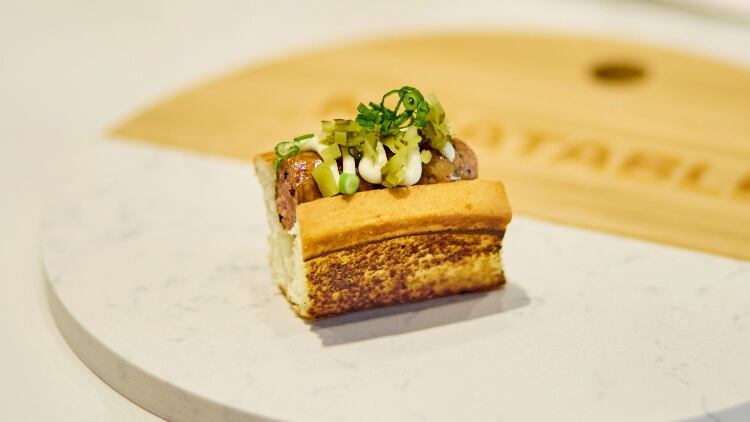Rabobank’s annual Global Animal Protein Outlook report found that after four years of growth in animal protein production globally, 2024 will see the pace slow or even decline across some species.
Poultry and aquaculture will be the only two species groups to see production grow in 2024, the report predicted, though it will be slower than in 2023. Wild catch seafood will return to its longer-term pattern of declining production after a year of expansion in 2023.
Tighter margins due to structural changes to market conditions heralded the introduction of higher production costs. Tighter supplies will push animal protein prices up and constrain global consumption in 2024.
Permanent market changes
Rabobank noted that some market changes seemed permanent – demographic shifts will see the labour market tighten and raise production costs, while reduced population growth will slow consumption.
Justin Sherrard, global strategist for animal protein at Rabobank, said it was a testament to the resilience and flexibility of companies along animal protein supply chains that they have continued to grow production and deliver on customer expectations amid such challenging market conditions.
“Despite a cost of living crisis putting pressure on consumer finances, there continues to be demand for animal protein, and companies have been able to overcome challenges, from high costs to regulatory uncertainty and disease, to capitalise on it,” said Sherrard.
“For companies to sustain the success of the past few years, it’s essential that they adapt to the structural changes in the market. Instead of simply riding out the storm, animal protein businesses need to take stock of their strengths and prepare to transition their supply chains to operating in an environment with high costs and tight margins.”
Time to double down
Sherrard suggested for companies to double-down improving their productivity, review their existing portfolios, strengthen supply chain partnerships, increase investment in new product development and adjust their pricing strategies to navigate the challenges of the coming year.
“Not all structural changes in the market are detrimental – many present new opportunities for businesses to improve their processes and products,” he added.
“Those companies that can demonstrate agility in adapting to the new environment and navigate consumer willingness to pay for certain preferences will be able to take advantage of the tighter market and come out on top.”





